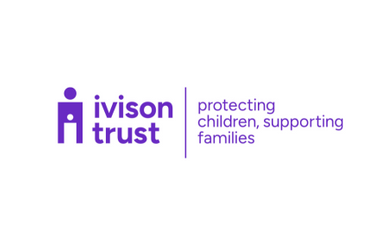Leeds-based charity Parents Against Child Exploitation (Pace) has renamed itself after its founder.
The charity, which supports families living with child exploitation, has changed its name to Ivison Trust, after its founder Irene Ivison.
Ivison Trust said that it has spent the last 12 months working with agency Design Project to develop its new name and brand.
The charity was founded in 1996 as the Coalition for the Removal of Pimping (CROP) by Irene Ivison and several parents following the murder of Irene’s 17-year-old daughter Fiona, who had been coerced into prostitution.
Irene Ivison died in 2000 and in 2013 the charity was renamed Pace, which it remained for the next decade.
The charity said its new brand will “reflect the unique history of the charity; the strength of parents and carers living with child exploitation and the critical need to protect every child from this form of abuse”.
Chief executive Lindsay Dalton said: “Our pioneering founder, Irene Ivison fought for the rights of exploited children following the tragic murder of her daughter Fiona.
“Honouring the memory of Irene and Fiona with the Ivison Trust name and our new identity brings into focus our guiding purpose to protect and keep children safe from exploitation while improving the systems that exist to protect them.
“Symbolising both Fiona and Irene in our logo celebrates the strength and love between a parent and child because that will always be at the heart of our work.
“They stand strong together in our identity, because we know that exploiters will do everything they can to break that bond and Ivison Trust will do everything we can do to protect and rebuild it.”
The charity would not confirm to Civil Society how much it spent on the rebranding.
Head of communications and marketing Louisa McCallion added: “Following consultations with staff, supporters and beneficiaries, we found that our name was becoming a barrier.
“Our support is available for every family and their care givers whether they are parents, carers or grandparents and it is so important that our inclusivity is synonymous with our visual identity.”
Related articles












